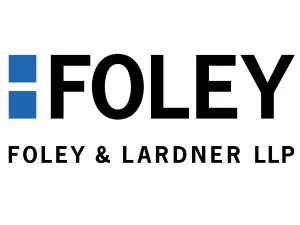On October 26, 2023, the National Labor Relations Board (the NLRB or the "Board") issued its heavily-anticipated final rule (the "New Rule") addressing the standard for determining joint-employer status under the National Labor Relations Act (NLRA). As we previously reported, the New Rule essentially expanded the criteria for establishing a joint-employer relationship under federal labor law.
Specifically, the New Rule re-instated the Board's previous employee-friendly standard, as articulated in the 2015 Browning-Ferris decision, and went a step further, providing that "evidence of the authority or reserved right to control, as well as evidence of the exercise of control (whether direct or indirect, including control through an intermediary...) is probative evidence of the type of control over employees' essential terms and conditions of employment that is necessary to establish joint-employer status."
In general terms, under the New Rule, this means that businesses stand a greater risk of being held a "joint employer" over individuals over whom they exercise no direct oversight.
The New Rule, which was previously set to take effect on February 26, 2024, was met with criticism following its publishing. In particular, a coalition of business organizations from a number of industries challenged the new standard in the United States District Court for the Eastern District of Texas. In this case, the plaintiff organizations brought claims for declaratory and injunctive relief under the Administrative Procedure Act (APA), claiming that the New Rule is contrary to law as well as arbitrary and capricious — and, as a result, the New Rule should be blocked in its entirety.
On February 13, 2024, Judge J. Campbell Barker held a two-hour hearing on both parties' dueling motions for summary judgment on the legality of the New Rule. Following the hearing, on February 22, 2024, Judge Barker issued an Order staying the implementation of the New Rule to March 11, 2024. We expect that Judge Barker will issue a substantive decision by that date.
While the status of the New Rule remains in flux, we recommend that businesses continue taking steps to prepare for the new implementation date of March 11, 2024, as the NLRB will begin enforcing the New Rule as soon as it becomes effective. In particular, we recommend that businesses use the two-week delay to review their relationships and contracts with subcontractors, staffing and temp agencies, and other third parties whose employees may present a risk of joint employment. While contractual language is not dispositive under the New Rule, strong contractual language that clearly delineates each party's roles and responsibilities (or lack thereof) with respect to specific workers is a first and critical step in fighting a claim of joint employment. In addition, we recommend that businesses critically evaluate whether the control they actually exercise over subcontractors and their employees varies from an otherwise clear contractual delineation of power.
We will continue to monitor the New Rule and the status of any legal challenges to the same. In the meantime, if you have any questions or need assistance to ensure compliance under the New Rule, please contact the attorneys at Foley & Lardner LLP.
The content of this article is intended to provide a general guide to the subject matter. Specialist advice should be sought about your specific circumstances.


